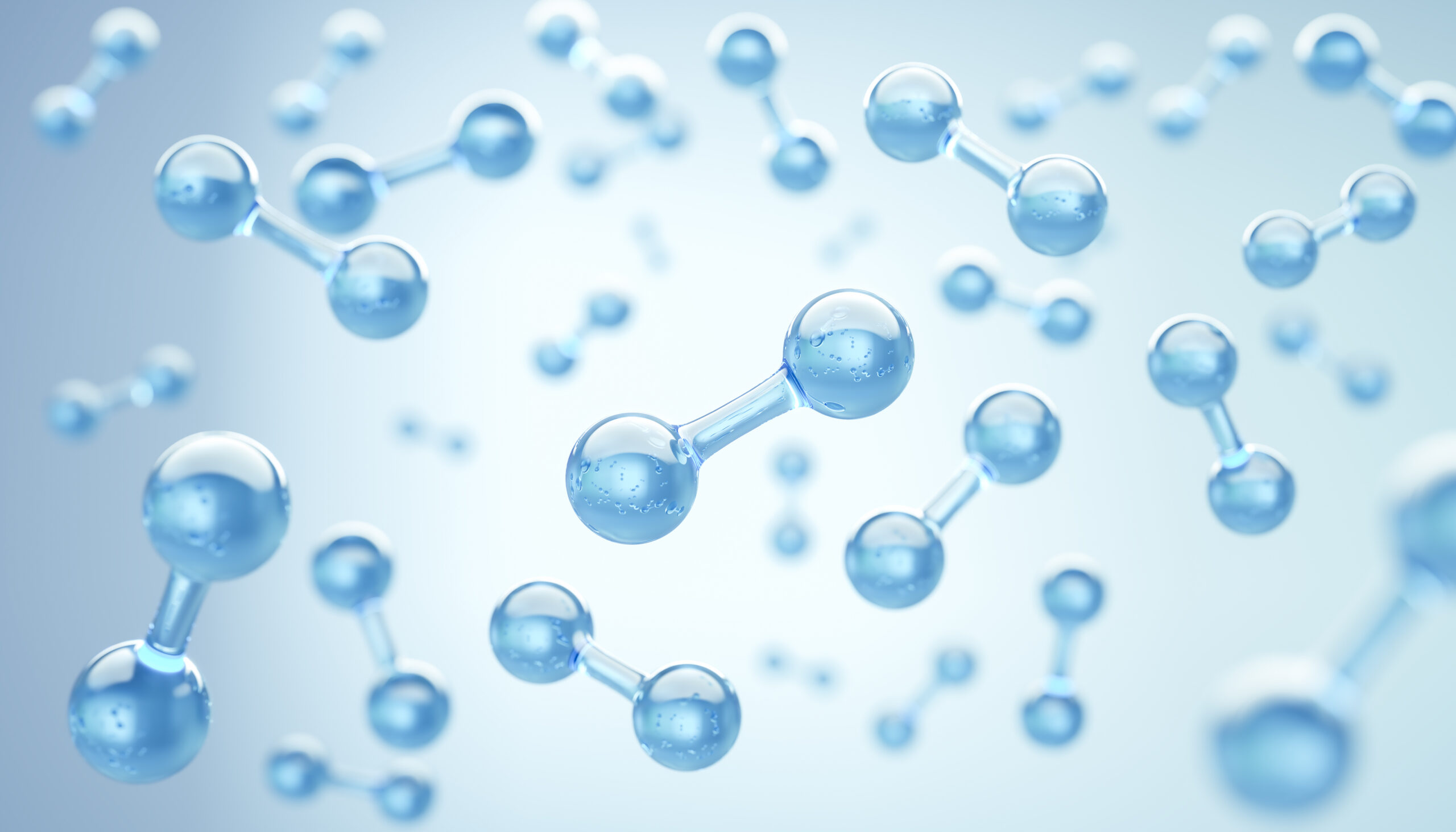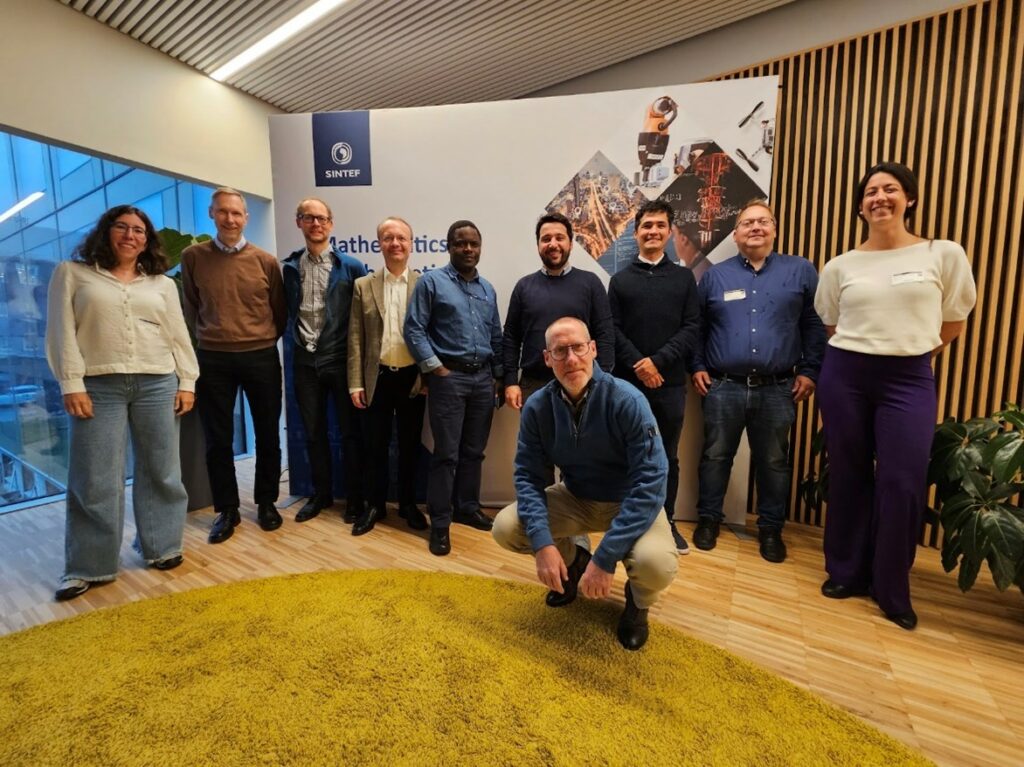
13.03.2024
ACT MeDORA; Less oxygen strengthens amine solvents
The aim of the MeDORA project is to develop a more durable solution for CO2 capture by combining amine-based capture technology with a membrane that removes the dissolved oxygen from the solvent.
The amine used to capture CO2 degrades over time, mainly due to contact with oxygen. The MeDORA project may provide a solution to this problem and will demonstrate that the use of membrane technology will further reduce the operating costs of carbon capture plants using amine solutions to capture CO2. – By avoiding the degradation of the amine solution, both the efficiency and lifetime of the CO2 capture technology will be improved. This will reduce costs,” says project manager Luca Ansaloni, SINTEF.

Ambitious goals
MeDORA stands for “Membrane-assisted Dissolved Oxygen Removal Apparatus”. The key challenge of the project is to remove the oxygen so effectively that amine degradation is significantly reduced. The aim is to remove 90% of the oxygen, which can lead to a 70% reduction in OPEX and a reduction in the environmental impact of the capture plant (less waste generation, reduced emissions). As a side-effect, MeDORA is also expected to achieve better quality of the CO2 product and reduce the cost of post-processing to meet CO2 transport specifications. – These are ambitious goals, but we believe they are achievable,” says Aage Stangeland, ACT coordinator at the Research Council of Norway.
The MeDORA project started just after the summer last year and is still in its early stages. It is an international collaboration with partners such as SINTEF, NTNU, Aker Carbon Capture, RWE Power, TNO and HVC. The Norwegian partners have received NOK 8 million from the CLIMIT programme through the international ACT collaboration for the period until 2026.

Common challenges
The development of CCS technologies, as represented by MeDORA, faces three main challenges:
- Technical complexity
Developing efficient and reliable methods for the capture, transport and permanent storage of CO2 is technically challenging. Innovations in materials technology, chemistry and process design are needed to increase efficiency and reduce costs. - Scalability
Demonstrating that the technology can be scaled up from pilot or laboratory scale to full-scale industrial applications is a challenge. This will require significant investment and strong collaboration between industry, government, and research organisations. - Cost-effectiveness
The cost of CCS is still relatively high. Cost reduction through technological innovation and efficiency improvements is important to make CCS a viable solution on a global scale.
Catalyst for international collaboration
MeDORA is part of the ACT programme, which accelerates and matures CCUS technologies by funding international research and innovation projects. The Research Council of Norway and Gassnova are the Norwegian representatives in ACT, and the CLIMIT programme contributes funds to ACT’s calls for proposals.
It is through initiatives such as ACT that Norwegian companies interact with leading international environments – as Aker Carbon Capture is now doing through the MeDORA project.
